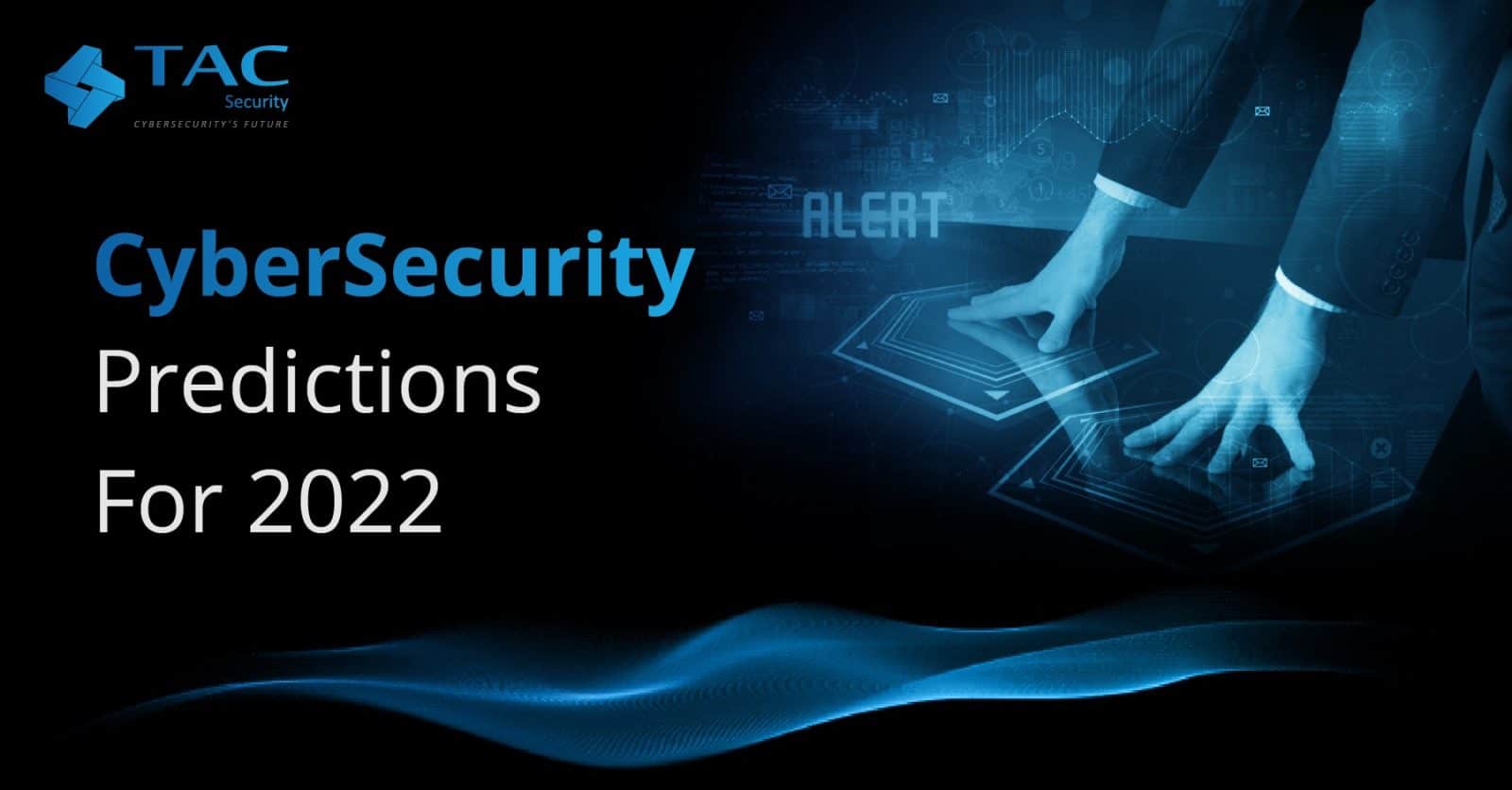Uncover 7 Cybersecurity Predictions for 2025 and their impact on digital security.
Wiki Article
Future-Proof Your Company: Key Cybersecurity Predictions You Need to Know
As businesses confront the accelerating pace of electronic makeover, recognizing the progressing landscape of cybersecurity is critical for lasting durability. Predictions suggest a substantial uptick in AI-driven cyber hazards, together with increased regulative scrutiny and the vital shift in the direction of Absolutely no Depend on Design. To effectively browse these obstacles, organizations must reassess their security strategies and cultivate a culture of awareness amongst workers. The ramifications of these modifications extend past simple compliance; they can redefine the extremely framework of your functional safety. What steps should firms require to not only adjust but grow in this new setting?Surge of AI-Driven Cyber Risks

One of the most concerning advancements is using AI in developing deepfakes and phishing systems that are remarkably convincing. Cybercriminals can fabricate audio and video content, impersonating executives or trusted individuals, to manipulate victims into divulging delicate details or authorizing fraudulent transactions. Additionally, AI-driven malware can adjust in real-time to avert discovery by standard protection actions.
Organizations have to identify the immediate requirement to boost their cybersecurity frameworks to fight these developing risks. This includes investing in innovative hazard discovery systems, promoting a culture of cybersecurity awareness, and implementing durable case action plans. As the landscape of cyber threats changes, aggressive procedures end up being vital for protecting sensitive information and preserving company integrity in an increasingly electronic world.
Increased Concentrate On Information Privacy
How can companies properly navigate the growing focus on data privacy in today's digital landscape? As governing structures develop and consumer assumptions increase, companies must focus on robust information personal privacy techniques. This involves taking on thorough information governance plans that make sure the honest handling of personal details. Organizations must carry out regular audits to assess conformity with laws such as GDPR and CCPA, recognizing possible susceptabilities that might bring about information breaches.Spending in staff member training is important, as personnel understanding straight affects data security. Furthermore, leveraging innovation to enhance data safety and security is vital.
Partnership with legal and IT teams is vital to align information personal privacy campaigns with service goals. Organizations ought to likewise engage with stakeholders, consisting of consumers, to connect their dedication to data privacy transparently. By proactively addressing information personal privacy problems, organizations can develop count on and improve their credibility, eventually contributing to long-term success in an increasingly scrutinized digital setting.
The Change to No Depend On Design
In reaction to the developing hazard landscape, companies are progressively adopting Zero Trust Architecture (ZTA) as a basic cybersecurity approach. This strategy is asserted on the principle of "never ever depend on, always verify," which mandates continuous confirmation of user identifications, gadgets, and data, despite their place within or outside the network perimeter.Transitioning to ZTA entails executing identification and access monitoring (IAM) services, micro-segmentation, and least-privilege accessibility controls. By granularly managing accessibility to resources, companies can reduce the risk of expert threats and lessen the impact of outside breaches. In addition, ZTA includes durable monitoring and analytics abilities, permitting organizations to identify and reply to abnormalities in real-time.

The shift to ZTA is also sustained by the raising fostering of cloud solutions and remote work, which have actually broadened the strike surface area (7 Cybersecurity Predictions for 2025). Standard perimeter-based security models want in this new landscape, making ZTA a more resilient and adaptive framework
As cyber dangers remain to expand in refinement, the adoption of Zero Count on principles will be essential for companies looking for to protect their properties and keep regulative conformity while making sure business connection in an uncertain cyber attacks atmosphere.
Regulatory Modifications imminent

Approaching laws are anticipated to address a variety of concerns, consisting of information privacy, breach notice, and occurrence feedback protocols. The General Data Protection Policy (GDPR) in Europe has actually established a criterion, and comparable structures are arising in other regions, such as the United States with the proposed federal privacy legislations. These guidelines usually enforce rigorous fines for non-compliance, emphasizing the need for organizations to prioritize their cybersecurity measures.
Moreover, industries such as finance, healthcare, and crucial facilities are most likely to encounter extra rigorous needs, mirroring the delicate nature of the information they take care of. Conformity will certainly not simply be a lawful responsibility however an important element of structure trust fund with consumers and stakeholders. Organizations must stay in advance of these adjustments, incorporating regulative requirements into their cybersecurity approaches to make certain strength and secure their possessions efficiently.
Importance of Cybersecurity Training
Why is cybersecurity training a crucial part of an organization's protection technique? In a period where cyber risks are increasingly advanced, organizations need to recognize that their workers are frequently the initial line of defense. Efficient cybersecurity training equips personnel with the expertise to determine possible risks, such as phishing assaults, malware, and social design strategies.
By cultivating a culture of protection awareness, companies can dramatically decrease the threat of human mistake, which is a leading reason for information violations. Regular training sessions make sure that employees stay notified concerning the newest dangers and ideal methods, therefore enhancing their capability to respond appropriately to occurrences.
Furthermore, cybersecurity training promotes conformity with regulatory demands, minimizing the risk of legal effects and punitive damages. It also encourages workers to take ownership of their duty in the company's safety structure, bring about an aggressive rather than responsive approach to cybersecurity.
Final Thought
In final thought, the developing landscape of cybersecurity demands aggressive steps to address arising risks. The surge of AI-driven assaults, coupled with enhanced data personal privacy worries and the transition to Absolutely no Count on Architecture, requires an extensive strategy to safety.Report this wiki page